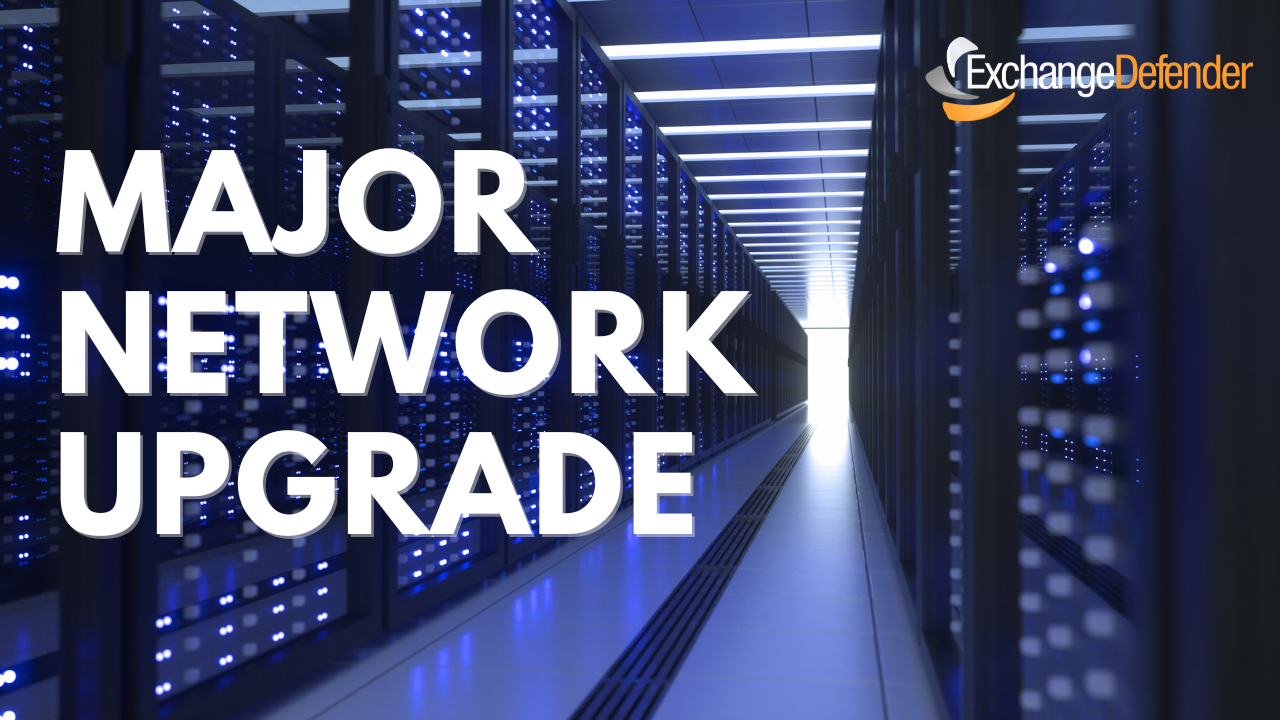XDSYNC V2–A Technical Overview
This week we have been going through the final stages of our XDSYNC v2.0 deployment. Everything has performed great and has been operating as intended inside of our test environments. We are still on schedule and should have this published later today. There are a few key points I would like to cover before we release this new distribution for download.
How does XDSYNC work?
XDSYNC works by establishing a connection to our servers and running a series of checks against the provided domain information. You authenticate by providing the primary Domain and Password for the accounts. The software will then translate this and examine all sub domains for the population process.
The sync process is unidirectional and will pull the existing structure from your Exchange Server. It will then take that structure and mirror it inside of ExchangeDefender. This is important to pay close attention to and understand! Once you enable XDSYNC, you should do ALL of your account creations on the Exchange Server. You should no longer manually create accounts inside of ExchangeDefender.
The sync process allows you to pull all mail addresses associated with (Mailboxes, Distribution Groups and Public Folders). When we pull in addresses from (Public Folders & Distribution Groups), we flag these addresses on the backend as being non-mail accounts. This allows us to exclude these addresses from the billing cycle and also limit certain functionality due to these being non-mailbox accounts.
What about the Password Sync Component?
I mentioned this briefly in my last blog post and essentially everything is the same. Starting today any user account that has the password changed, it will be flagged in the back-end. If enabled XDSYNC will pick up these requests and reset the user’s password on the active directory level.
That is the basic logic of how XDSYNC operates and what you should expect if you choose to install this application. If used correctly, it will make your IT management life a lot easier and help reduce the mundane tasks of adding users to both systems. It will also enable your clients to have control of their password management, while you maintain the higher level management of the servers.
Hank Newman
VP Development, ExchangeDefender
hank@ownwebnow.com

